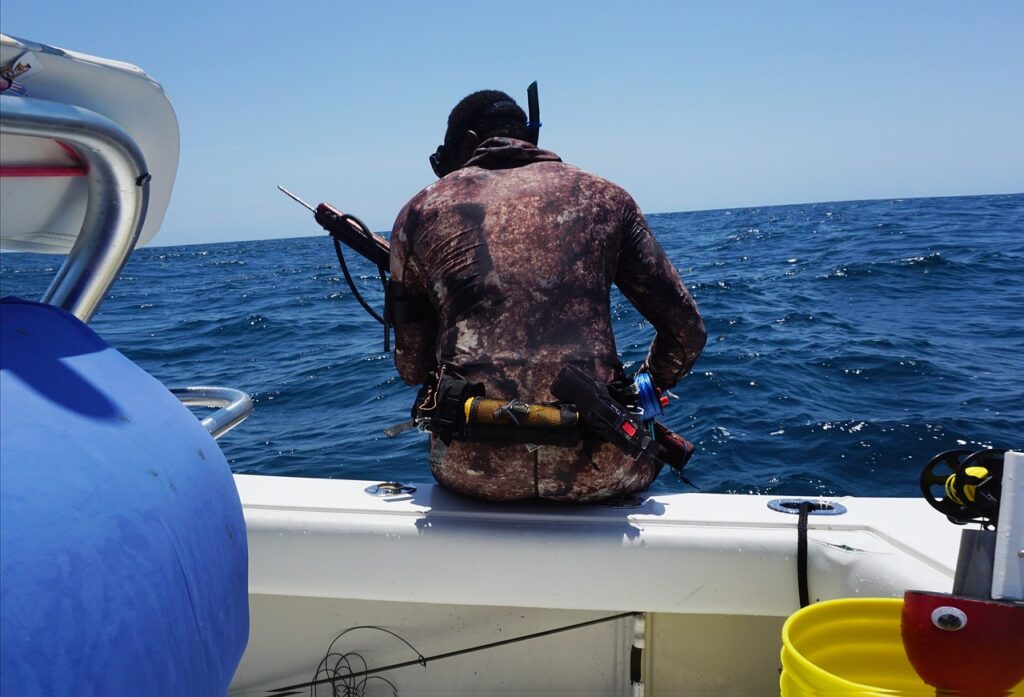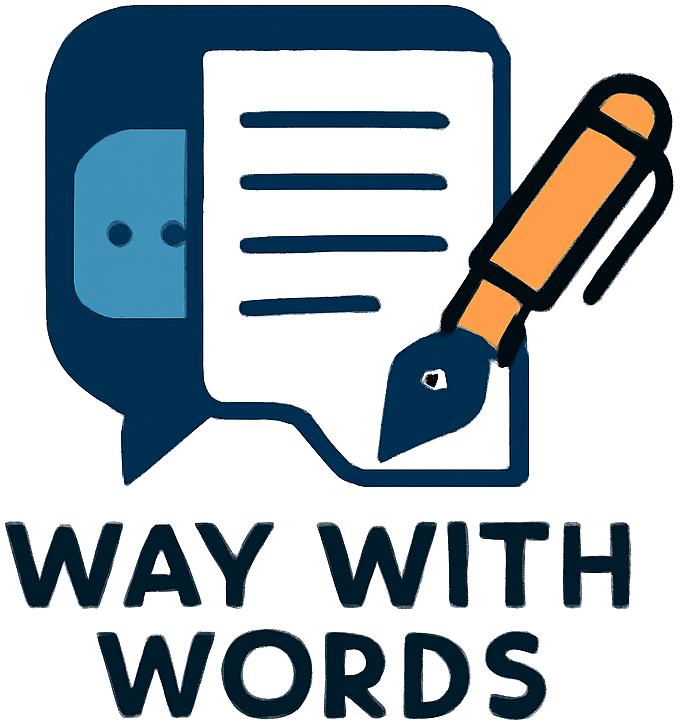Exploring the Underwater World: Essential Gear for Spearfishing

Spearfishing is a thrilling activity that combines the thrill of underwater exploration with the excitement of hunting. It involves using a spear to catch fish while diving underwater. If you’re looking to get into the sport, it’s essential to have the right gear for spearfishing to ensure both your safety and success. The following are some essential pieces of gear you’ll need to have to enjoy spearfishing fully: 1. Speargun A speargun is the primary tool for spearfishing. It’s a device that propels a spear towards the fish you want to catch. Spearguns come in different sizes and shapes, and you should choose one based on your preference and experience level. Some of the most common types include pneumatic, band-powered, and rail guns. 2. Wetsuits Spearfishing involves spending long periods of time underwater, and it’s crucial to have a wetsuit to protect yourself from the cold waters. Wetsuits not only keep you warm but also protect you from scratches, stings, and other possible injuries. A good quality wetsuit should fit snugly, be easy to move around in, and be made of neoprene for maximum durability and flexibility. 3. Fins Fins are an essential piece of spearfishing gear as they help you move quickly and efficiently through the water. They come in different shapes and sizes, and you should choose one based on your personal preference and the type of diving you’ll be doing e.g, shallow coral reef diving or deep water diving. The right fins will help you conserve your energy and allow you to maneuver quickly in the water. 4. Weight Belts When diving, you need to neutralize your buoyancy to maintain a comfortable depth and stay safe. A weight belt is a piece of gear for spearfishing that helps you do just that. By wearing a weight belt, you can add extra weight to yourself, which will help you sink faster and stay underwater for longer periods. 5. Dive Mask A dive mask is one of the most important pieces of spearfishing gear as it helps you see underwater. Choose a mask that fits comfortably, creates a good seal to your face, and has a low profile to reduce drag underwater. A good mask should offer a wide field of vision and allow you to see clearly in various lighting conditions, such as low light or sunny conditions. 6. Snorkel A snorkel is a tube that allows you to breathe air from the surface while diving underwater. It’s an essential piece of spearfishing gear that allows you to save your energy while moving through the water quickly. Choose a snorkel that fits comfortably in your mouth and has a comfortable mouthpiece to reduce jaw fatigue while using it. 7. Dive Knife A dive knife is a valuable tool when spearfishing, especially when dealing with stubborn fish or entanglements. Choose a dive knife that has a sharp, serrated edge, and a comfortable grip. Make sure it’s made of a rust-resistant material, and store it in a sheath to prevent accidents while diving. Gear for spearfishing is an essential investment if you’re looking to get into the sport. Having the right gear will ensure your safety, success, and enjoyment of the activity. Remember to take your time when choosing the right gear for you, and always prioritize safety. Happy diving.
Musculoskeletal Physiotherapist Near Me: How They Can Help With Pain and Injuries

If you’re experiencing pain or discomfort in your muscles, joints, or bones, you may benefit from seeing a musculoskeletal physiotherapist near me. Musculoskeletal physiotherapy is a type of therapy that focuses on treating injuries and pain that affect the musculoskeletal system, which is made up of your muscles, bones, joints, ligaments, and tendons. Musculoskeletal physiotherapists are trained to evaluate and diagnose problems with the musculoskeletal system, and to develop personalized treatment plans to help patients reduce pain and improve function. They use a range of techniques and exercises to address these problems, and may also provide advice on how to prevent injuries from occurring in the future. Some common conditions that musculoskeletal physiotherapists treat include back pain, neck pain, shoulder pain, knee pain, ankle sprains, and other injuries and disorders affecting the musculoskeletal system. They may also work with patients who have chronic conditions like arthritis, fibromyalgia, or chronic fatigue syndrome. If you’re experiencing pain or discomfort, it’s important to seek out a musculoskeletal physiotherapist near you for an evaluation. They will be able to assess your condition and develop a personalized treatment plan to address your specific needs. This may involve a combination of therapies, ranging from manual manipulation of the affected area to exercises that can strengthen and improve mobility in the area. During your first appointment with a musculoskeletal physiotherapist, they will begin by conducting a thorough evaluation of your condition. They will ask you questions about your medical history, any previous injuries or surgeries, and your symptoms. They may also perform some physical tests, such as range of motion assessments, to help them determine the cause of your pain or discomfort. Once they have a better understanding of your condition, they will develop a treatment plan that is tailored to your needs. This may include a combination of manual therapy, exercise therapy, and other techniques designed to help reduce pain and improve function. Your physiotherapist will work with you closely throughout the treatment process to monitor your progress and make adjustments to your treatment plan as needed. In addition to providing treatment for musculoskeletal conditions, musculoskeletal physiotherapists can also help you prevent injuries from occurring in the first place. They can provide advice on proper posture, body mechanics, and ergonomics, as well as exercises and stretches to help keep your muscles and joints healthy and functioning properly. If you’re looking for a musculoskeletal physiotherapist near you, there are a few things you can do to find one. You can start by asking your primary care physician for a referral, or you can search online for physiotherapists in your area. Be sure to look for a physiotherapist who has experience working with patients who have conditions similar to yours, and who has a positive reputation in the community. So you’re in pain and wondering if there’s a musculoskeletal physiotherapist near me that can help. You’re in luck! Musculoskeletal physiotherapy is a type of therapy that focuses on treating injuries and pain that affect the musculoskeletal system, which is made up of your muscles, bones, joints, ligaments, and tendons. Whether you have back pain, knee pain, or any other type of pain related to your musculoskeletal system, finding a specialist near you can help you relieve pain and improve your quality of life. Working with a musculoskeletal physiotherapist can be a highly effective way to address pain and injuries affecting your musculoskeletal system. By developing a personalized treatment plan, your physiotherapist can help you reduce pain, improve function, and prevent future injuries from occurring. If you’re experiencing pain or discomfort, don’t hesitate to reach out to a musculoskeletal physiotherapist near you for an evaluation and treatment.
The Benefits of Working with Agile Methods for Software Development

Are you tired of spending months, or even years, developing a software project before discovering defects? Agile software development may be the solution you need to save time and release better products. Agile methods focus on collaboration among team members and the flexibility to adapt to changes. It is not just a single plan but rather a process that involves continuous improvement in each iteration. The agile process begins with the product owner detailing the features required for the software. Then, work is divided into “sprints” with specific goals for each iteration. Instead of waiting to work on complex features, the team tackles the most important features quickly and adjusts the plan based on new learning and feedback. The agile approach differs from the traditional “waterfall” development process that requires a long period of planning, testing, and releasing. In the waterfall process, there is no room for change after a design or specification is complete. The software is developed step by step, and the testing process usually occurs at the end of the development phase. Agile software development is more effective because it is iterative. Improvements and reproducibility occur with each iteration. The process encourages developers to find errors early, reducing expensive debugging time late in the development process. The practice of “continuous integration” is a critical component of agile. The team integrates code into a shared repository multiple times every day. This continual merging allows teams to identify problems early, often before the development phase is complete. One of the benefits of agile software development is that it adapts well to changing requirements. The agile process is designed to accommodate twists and turns during development. Because the team is using an iterative process, they can adapt to new requirements and adjust during each sprint. Collaboration is essential to an agile team. The team must work closely to develop a product iteratively. Everyone in the team – developers, testers, and product owners, work together to achieve common objectives. In agile, quality is not just a feature you consistently work for; it is a priority. The QA team tests each feature as it develops. These methods achieve high-quality products that will be delivered on time to the customer. Customer satisfaction is crucial to the success of every software product, and the agile methodology ensures that products delivered are as per the customers’ expectations. The development team works hard to achieve the goals and requirements of both the product owner and the customers. In turn, both the owners and customers are kept informed of the progress regularly. Agile software development promotes transparency. The entire process is structured, with each stage of development determined and tracked. A product owner who can see the ongoing development of the software product can keep track of the team’s progress. The approach ensures that the team is working effectively, with objectives being met. Agile is an iterative and flexible approach to software development. Its success lies in its ability to adapt to the ever-changing requirements and provide a high-quality product. Customers become satisfied through transparency and collaboration. The agile software development process offers numerous benefits, eliminating costly errors, delays, and miscommunications when making software products.
